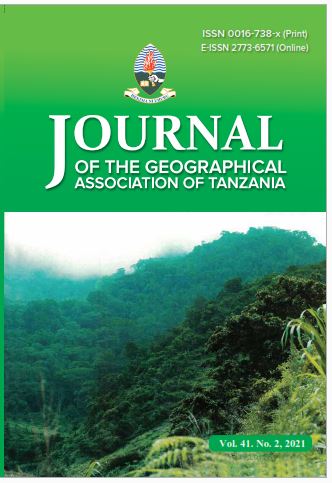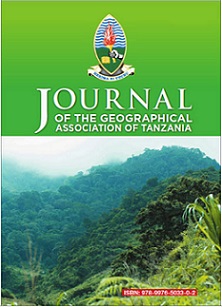GIS-Integrated Approach for Non-Revenue Water Reduction in Sumbawanga Urban District, Tanzania
Abstract
This study sought to determine daily water consumption in the three zones of Sumbawanga Urban district. The study applied the geographical information system (GIS) to map and quantify non-revenue water (NRW), and tested the use of geospatial database management strategy to reduce NRW. The study used water distribution networks of zone A (Majengo ward), zone B (Katandala and Mazwi wards), and zone C (Chanji and Kizwite wards) that are served by the Sumbawanga Urban Water Supply Authority (SUWASA). The study collected water flow and water loss data by recording and mapping the existing water networks using a GPS device. The methodology for determining the quantity of NRW abstracted from the International Water Association (IWA), and maps made through QGIS, were used to show the degree of water loss by zones. A geo-database that assists in maintenance, budgeting, planning and procurement of water assets to reduce NRW was developed using postgress and postGIS, and connected to QGIS for visualization. Experimental results and computations indicate that around 8787.6m3 , 10718.3m3 , 14637.1m3 of water are consumed monthly in zones A, B and C, respectively. Furthermore, the results show that averages of 15.15%, 40.2%, and 24.52% of water are lost as NRW in zones A, B, and C, respectively. The NRW in all the three zones were greater than the maximum NRW of 20% recommended by Energy and Water Utilities Regulatory Authority (EWURA), and key performance indicators suggested by the SUWASA. This study inform planners and decisionmakers that management strategies should employ GIS to establish optimal routes for effective and quick response to bursts before losing a lot of water, instead of using traditional auditing systems that results into high NRW levels.
Keywords: water consumption, non-revenue water, geospatial database management



